4 use cases of AI agentic workflows
Anyone who grew up watching The Jetsons must remember Rosey, the family’s robot housekeeper. Hard-working, dependable Rosey operated autonomously, tackled endless household tasks, and generally helped George, Jane, and the gang keep their lives in order.
In 2025, this kind of tech is no longer an abstraction of the future — the future is here. If good ol’ Rosey got an upgrade today, she’d do more than vacuum the floors and burn the toast; she’d plan the dinner party, manage the RSVPs, optimize the seating chart, and negotiate a better wine list.
Enter AI agentic workflows, where the machines don’t simply follow orders — they figure the next steps out for themselves.
AI agentic workflow: An introduction
An AI agentic workflow is a structured process in which autonomous AI agents collaborate to achieve complex tasks, making decisions and taking actions with very little human intervention. Relying on AI models, these workflows process information, adapt to context, and perform actions appropriate within the changing context — and the agents do it all without human input.
With these intelligent AI workflows governing themselves, your company can automate responsibilities you’d normally find tedious and time-consuming — responsibilities like data entry, validation, and even some manual tasks.
There are plenty of reasons AI workflow automation has made its way into many workplaces. AI business process automation improves your company’s efficiency, scalability, decision-making, and adaptability. AI agentic workflows lower your operating costs and pad the company’s bottom line. This kind of workflow can even improve the customer experience. We’ll probe the perks of AI agentic workflow later in this post, but first, let’s talk about the mechanisms behind it.
How AI agentic workflow works
An AI agentic workflow follows a series of actions from start to finish. Here, we’ll walk you through the steps.
1. Task decomposition
Autonomous AI agents break down complicated tasks into smaller subtasks. The agents then map the relationships between the subtasks and put them in priority order.
2. Task execution
Acting independently, each AI agent executes subtasks using predefined goals, iterative AI-driven decision-making, and real-time data. The agents communicate with each other and with external systems, collaborating to gather information and exercise judgment so they can execute these tasks.
3. Iterative improvement
While working on intelligent AI workflows, the autonomous AI agents continuously learn from their actions (and the outcomes of those actions). They examine the results of the processes they’ve completed, using what they learn to better their decision-making and hone their methods.
4. Collaboration
In many cases, several AI agents work together toward a common, complex goal. Agents share information, debate ideas, or divide responsibilities to boost their performance.
5. Dynamic adaptation
Unlike traditional robotic process automation (RPA), which follows preprogrammed design patterns and rules, AI agentic workflows are designed to adapt. They’re versatile and dynamic. They handle complex, evolving processes, and they adapt to real-time data and unexpected situations or input.
Benefits of AI agentic workflows
Without multiple benefits, AI workflow automation wouldn’t be as ubiquitous as it is — here’s how AI agentic workflows give your company a leg up.
More efficiency and less human intervention
Intelligent AI workflows save energy and time. Instead of relying on humans to initiate every step or troubleshoot every snag, AI agents assess circumstances in real time and tweak their responses accordingly. That means fewer bottlenecks, speedier task fulfillment, and a workforce with more time and energy to spend on creative or strategic responsibilities.
Practically, it’s the difference between manually assigning dozens of customer service tickets every morning and letting an AI agent prioritize and route them instantly without someone hovering over a dashboard.
Improved accuracy and data-driven decision-making
Agentic workflows don’t guess their way through tasks: They pull from data, learn from results, and constantly improve their methods. This means more reliable, accurate processes over time, especially in functions like logistics, customized marketing, and fraud detection.
AI constantly gathers and evaluates information, so it can make smarter decisions more rapidly than a human, especially when decisions involve vast, complicated datasets or fast-moving variables.
Scalability: How AI agents handle complex, evolving tasks
Scaling your business operations usually means adding more people, more meetings, and more chances for things to go sideways. AI agentic workflows give you another path in which AI agents handle progressively complicated workflows, even ones they’ve never seen before, by separating bigger goals into manageable sub-tasks and adjusting on the fly.
This versatility means your company can expand without the need to redesign your entire system or overburden your existing teams. When your business grows, the AI grows with it.
Cost reduction through repetitive task automation
Repetitive, rules-based tasks can be more expensive than you think — beyond salaries, consider lost productivity, repetitive motion injuries, and staff burnout. Intelligent AI workflows automate many of those tasks with very little oversight. This lowers both immediate costs and the number of human errors that could lose resources.
Instead of paying a human to reformat invoices, track down form submissions, or even pack boxes, companies can trust AI agents to do the heavy lifting, saving resources without making quality suffer.
AI agentic workflow use cases
AI agentic workflows are exceedingly versatile. To understand just how versatile they are, let’s look at how various fields put them to work. These real-world applications demonstrate how AI agents adapt to varying environments.
AI agents in customer service
Thanks to the introduction of autonomous AI agents, the customer service field has morphed from reactive to proactive. Instead of waiting for a live agent to triage incoming inquiries, you can train AI models to categorize, prioritize, and answer messages across multiple channels — all automatically. AI agents can bump complex problems up the chain of command when necessary or suggest tailor-made solutions based on the customer’s history.
This means customers receive faster responses without the endless transferring between departments that people have come to dread. All told, AI agents create a more enjoyable experience for your customers.
AI agents in marketing
Marketers are tapping into AI agents to automate everything from creating content to perfecting campaigns. AI can draft email campaigns, write social media posts, and modify paid ad strategies based on live performance data, all without constant human monitoring.
It’s no longer only about automation at the task level. These autonomous AI agents recognize when a campaign isn’t working and pivot on their own, resulting in faster iteration, sharper targeting, better outcomes, and fewer squandered resources.
AI agents in operations
Operations departments typically run on repetitive processes, which is a perfect environment for AI-driven decision-making. AI agents make rapid decisions that hinge on incoming information. They overhaul their plans when conditions change, like rerouting shipments or reassigning inventory when disruptions happen. In other words, their autonomous adjustments stop your company from wasting resources.
AI agents in HR
In human resources, intelligent AI workflows can simplify hiring, onboarding, and talent management. Instead of a human poring over hundreds of resumes, AI agents scan applications, match applicants to roles, and flag top prospects for a live person to review. They also schedule interviews, send follow-up emails, and even suggest onboarding tasks.
AI business process automation gives HR teams more time to concentrate on establishing relationships and making better experiences for candidates and employees, rather than getting mired in paperwork.
Drawbacks of AI agentic workflows
Agentic workflows offer real advantages, but they aren’t without their limitations. The more autonomy we hand over to machines, the more important it becomes to recognize the potential complications and tread carefully going forward.
If you’re considering an AI agentic workflow for your company, here’s where you should be cautious.
Biases and potential ethical issues in AI-driven decision-making
AI agents act based on the data and goals they’re given, but that doesn’t mean their decisions are always impartial or ethical. If the data they absorbed during training had any biases, the agent can unknowingly reinforce them. What does that mean? In a business context, AI bias could lead to inequitable hiring practices, unfair loan decisions, or unpleasant customer service outcomes.
Worse, because companies often trust agentic workflows to act independently, biased decisions can balloon into massive problems quickly and quietly before anyone notices. It’s essential to build in checks, audits, and the need for human supervision.
Reliance on quality data and possible errors
AI is only as reliable as the information it takes in. Outdated, incomplete, inaccurate, or just plain poor data can cause it to make flawed decisions that thwart efficiency instead of helping. In some industries — medicine, logistics, and finance, to name a few — even small data errors mean serious problems.
Spending the necessary time to clean, structure, and maintain high-quality datasets will help your AI agentic workflows perform well over the long term.
Integration difficulties with existing processes
Implementing intelligent AI workflows isn’t as simple as flipping a switch. Many organizations face hurdles when trying to fit autonomous AI agents into their existing systems and processes. Compatibility obstacles, lack of internal AI expertise, and pushback from staff used to their conventional workflows can stymie adoption.
Without change management and thoughtful planning, the friction between old and new systems will cancel out much of the expected efficiency.
AI workflow automation with Jotform AI agents
Companies are always looking for ways to do more with fewer resources. Jotform AI Agents make it possible by automating customer interactions, hastening essential business processes, and delivering better results — all without rebuilding everything from scratch.
Easy training with no technical barriers
One of the biggest reasons businesses hesitate to bring AI aboard is the fear that it’ll be too complicated. Jotform AI Agents put those worries to bed. You can train these agents with links, documents, question-and-answer sets, or even manually entered knowledge, all requiring no coding or specialized technical skills.
Because training is so flexible, you can create exceptionally customized agents that understand your organization’s brand voice, specific processes, and goals. Updates are just as easy, which means you aren’t stuck with static systems without the ability to scale as your company does.
Ready-made templates for every field
Building something useful and functional from the ground up takes time, but Jotform makes it easier by giving you access to more than 7,000 agent templates designed for a huge range of fields. Whether you need an agent to support customer service, HR, marketing, education, healthcare, or even a nonprofit organization, there’s a simple starting point ready to go for you.
Our convenient templates help your business hit the ground running with proven, pre-tested frameworks. Using templates saves time your team would otherwise spend figuring everything out from square one. It’s a shortcut that doesn’t cut corners.
Automating customer service, HR, and marketing tasks
Customer service is one of the clearest wins for AI agentic workflows. Jotform AI Agents automatically respond to common inquiries, handle support tickets, and accumulate feedback. This helps your team slash waiting periods and maintain quality even when the volume spikes.
HR teams also see a major payoff. Instead of manually sorting through resumes, chasing down paperwork, or trying to schedule interviews one by one, your HR department can use Jotform AI Agents to automate large chunks of your company’s recruitment and onboarding mechanisms. Agents manage employee surveys, automated communications, and performance evaluations, making it easier to keep internal communication flowing.
On the marketing side, Jotform AI Agents capture new leads and organize customer sentiments. They can even help conduct market research. That takes the burden off your marketing team, who can then spend less time buried in spreadsheets and more time designing creative campaigns that actually hit their targets.
Build a scalable, agentic future with Jotform AI agents
No matter the department or industry, Jotform AI Agents give businesses a practical way to tap into AI agentic workflows. They make automating repetitive work, staying consistent, and growing your business easier without blowing the budget on a whole new tech stack.
You might say Rosey got an upgrade — and now, so can your business. Get started now for free, and see for yourself how Jotform AI Agents make it simple to work smarter, not harder.
This article is intended for business leaders, operations managers, IT and automation specialists, and decision-makers interested in leveraging AI to optimize complex workflows. It’s ideal for organizations seeking to reduce manual labor, improve efficiency, and scale operations through autonomous AI agents across functions like customer service, marketing, operations, and HR.
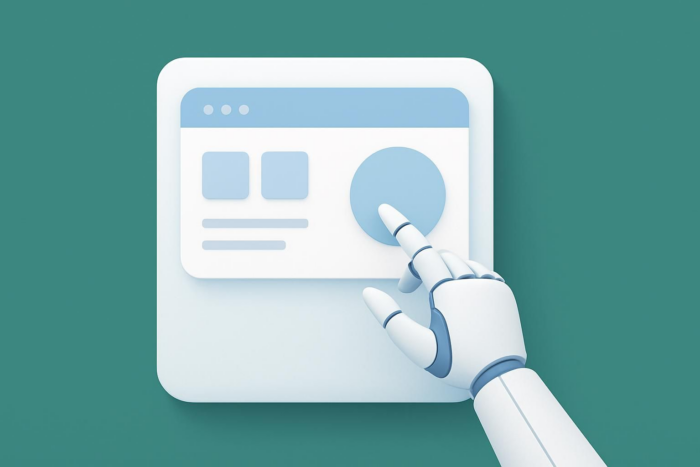



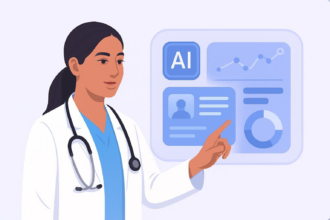


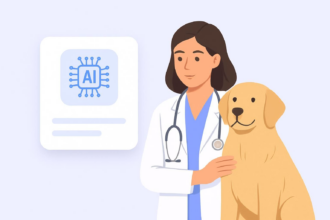




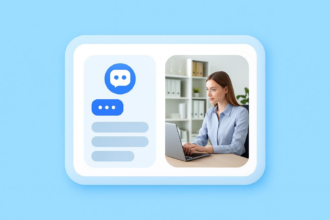




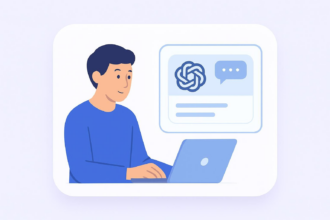
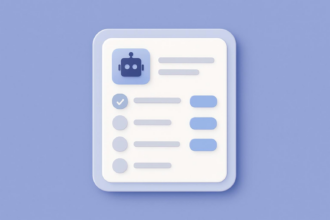
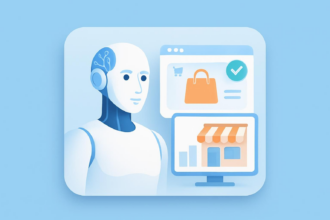






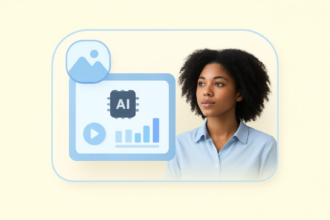


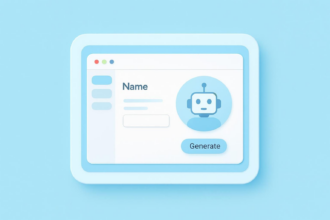



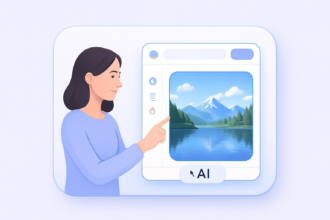

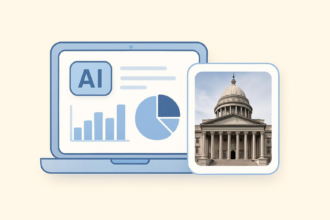
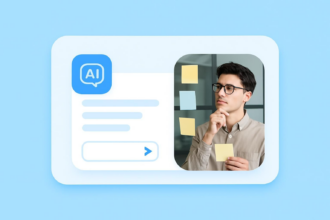


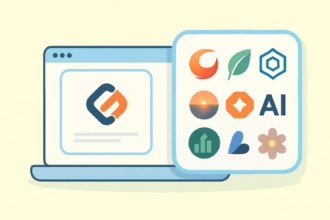
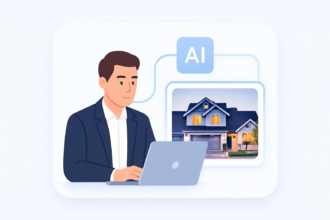


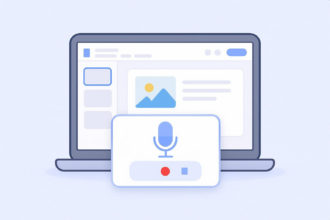

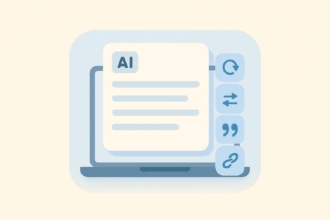
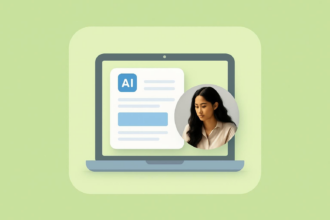
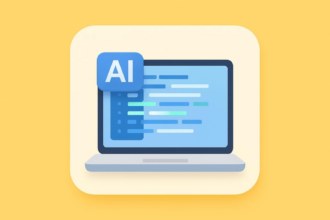
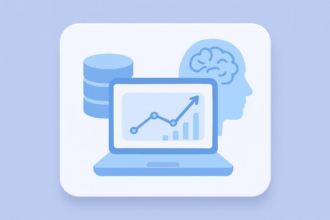
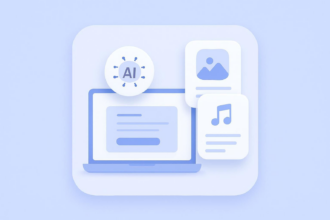


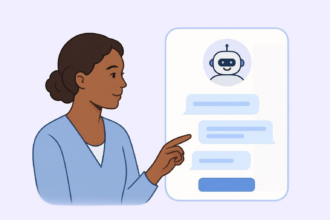
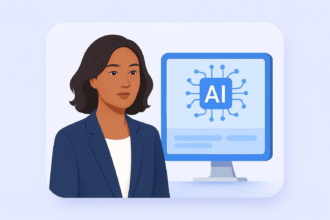

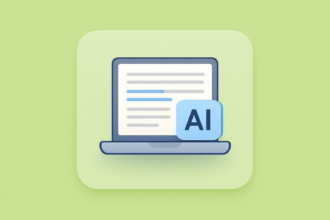



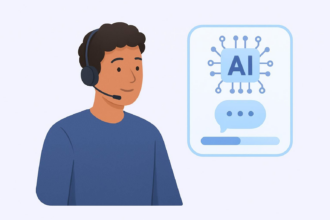


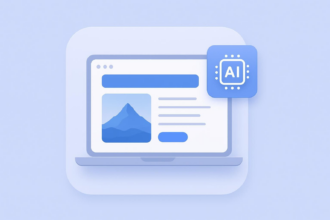






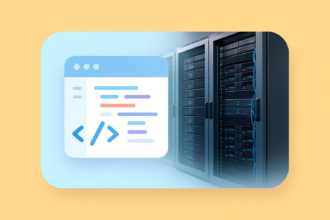
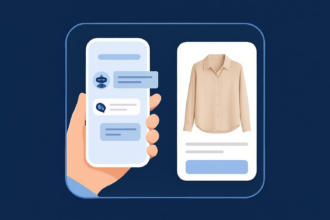

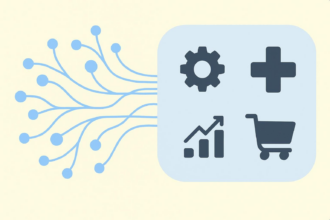
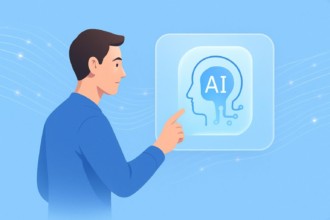


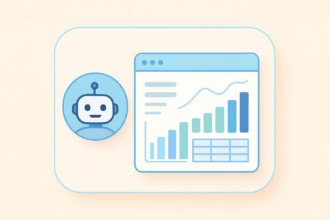


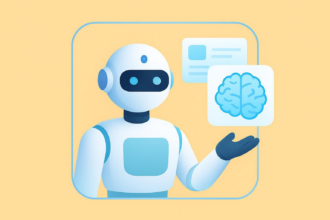

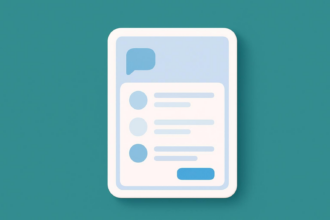




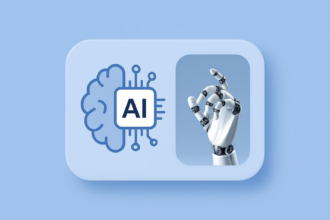
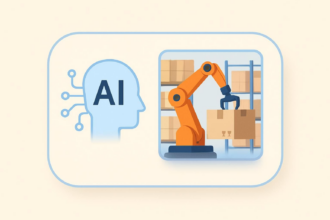



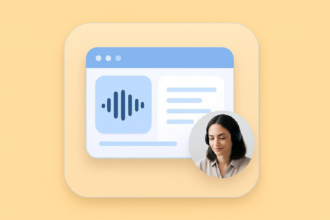

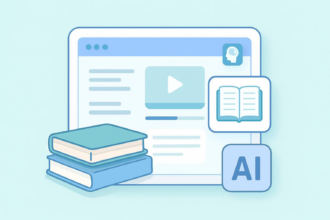







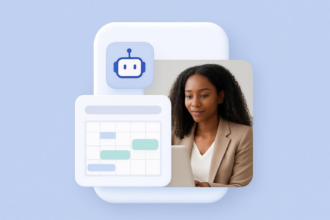
Send Comment: